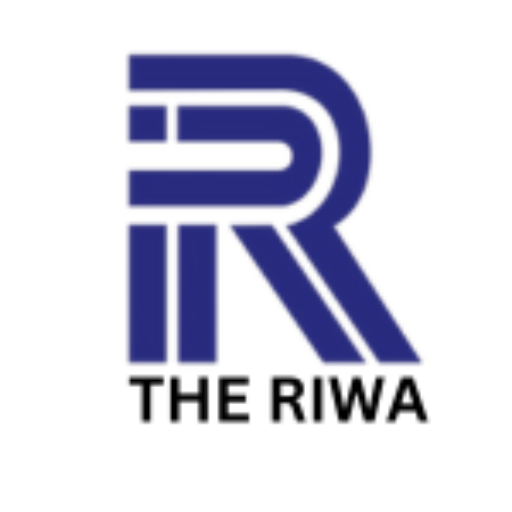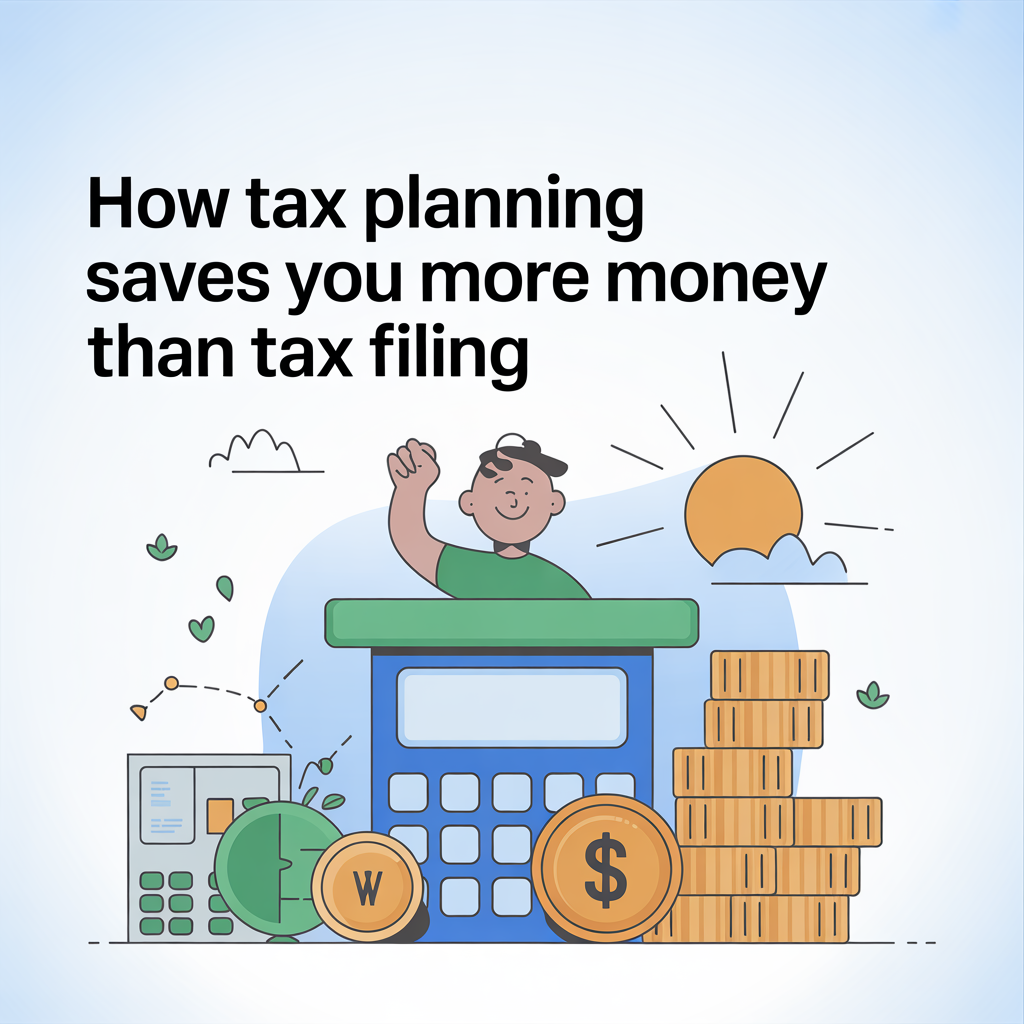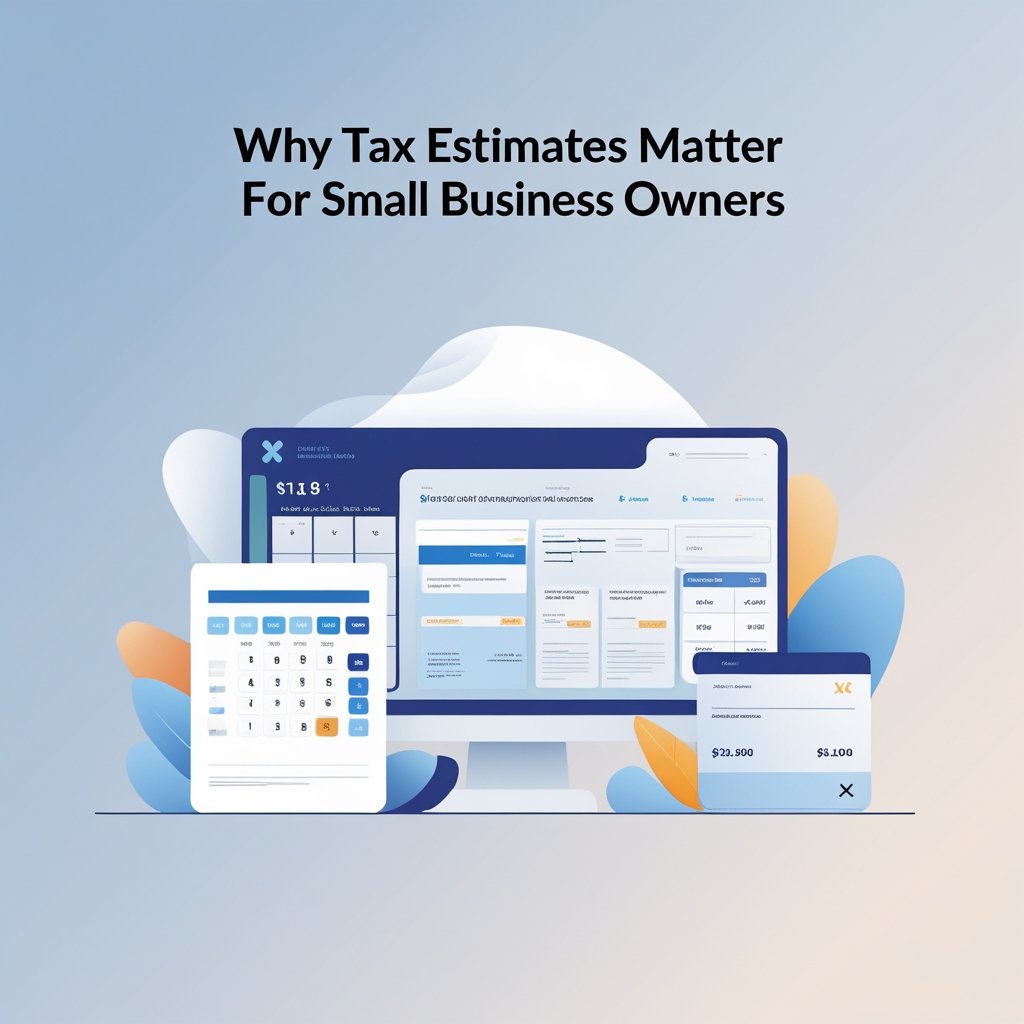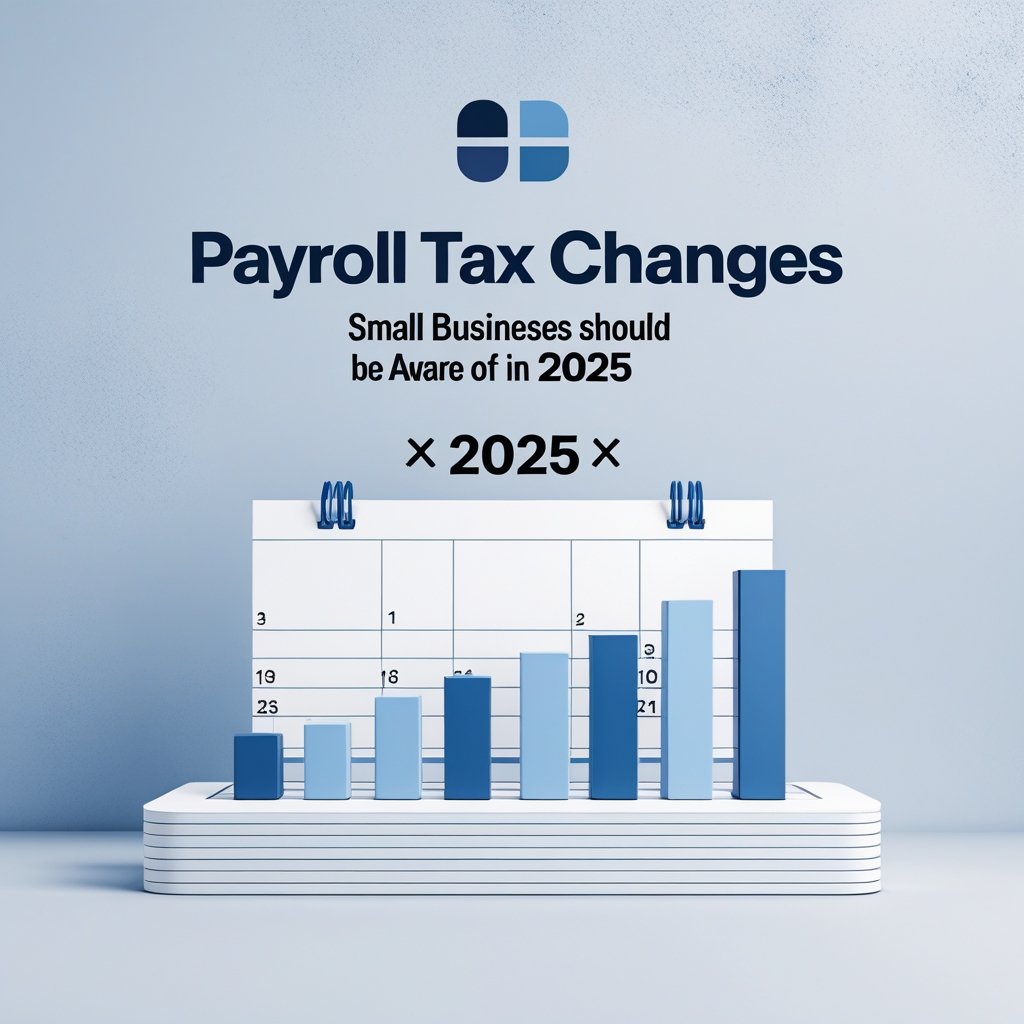Most people only think about taxes when the deadline is looming. But if you really want to maximize your refund, the smartest move is to start planning early. Good tax planning throughout the year can lead to bigger savings, fewer surprises, and way less stress when filing time comes around.
Here are seven simple tax planning strategies that could help you get the best refund possible next year:
- Adjust Your Withholding
If you consistently owe taxes — or get a big refund — it’s a sign your W-4 form needs updating.
By adjusting your withholdings with your employer, you can either:
- Reduce the amount you owe at tax time, or
- Get a larger refund by slightly increasing what’s withheld each paycheck.
Tip: Use the IRS’s Tax Withholding Estimator to fine-tune your W-4.
- Maximize Retirement Contributions
Contributing more to retirement accounts like a 401(k) or Traditional IRA lowers your taxable income.
For 2025, you can contribute:
- Up to $23,000 to a 401(k) (plus an extra $7,500 if you’re 50+)
- Up to $7,000 to an IRA (plus a $1,000 catch-up if you’re 50+)
Result: More money for your future + a bigger deduction today!
- Track Deductions Year-Round
Don’t scramble to find receipts at the last minute.
Instead, set up a simple system now:
- Use a dedicated folder (physical or digital)
- Log charitable donations, medical expenses, work-related costs, and education fees.
Some deductions, like out-of-pocket educator expenses or student loan interest, can really add up!
- Take Advantage of Tax Credits
Credits are better than deductions — they reduce your tax bill dollar-for-dollar.
Popular credits include:
- Earned Income Tax Credit (EITC)
- Child Tax Credit
- American Opportunity Credit (for education)
- Savers Credit (for retirement contributions)
Pro tip: Even if you don’t owe taxes, refundable credits can boost your refund.
- Harvest Investment Losses
If you have investments that lost value, you might consider selling them before year-end to offset gains.
This strategy — known as tax-loss harvesting — can lower your taxable income and save you thousands.
Bonus: You can use up to $3,000 of excess losses to offset regular income each year.
- Make Estimated Tax Payments
Freelancers, gig workers, and small business owners should plan quarterly tax payments to avoid penalties.
Plus, staying on top of these payments prevents sticker shock at tax time.
Helpful idea: Set aside 25%-30% of your earnings into a separate “tax savings” account.
- Stay Updated on Tax Law Changes
Each year brings updates — new credits, new limits, new rules.
By staying informed (or working with a tax professional), you can spot new opportunities early and avoid surprises.
Contact us: +1 (972)-996-6644
Email us : info@theriwa.com Visit our website : https://theriwa.com/






